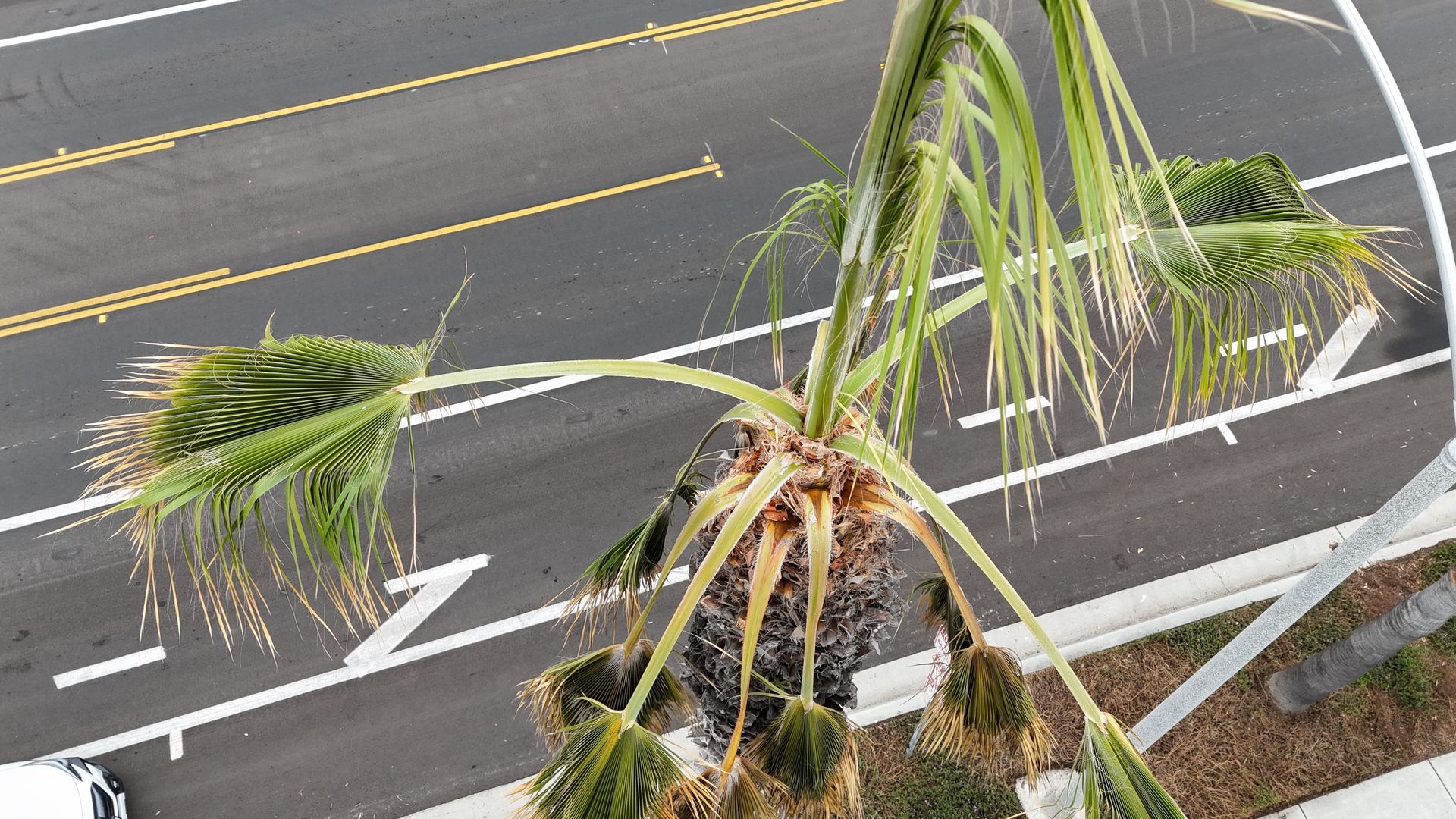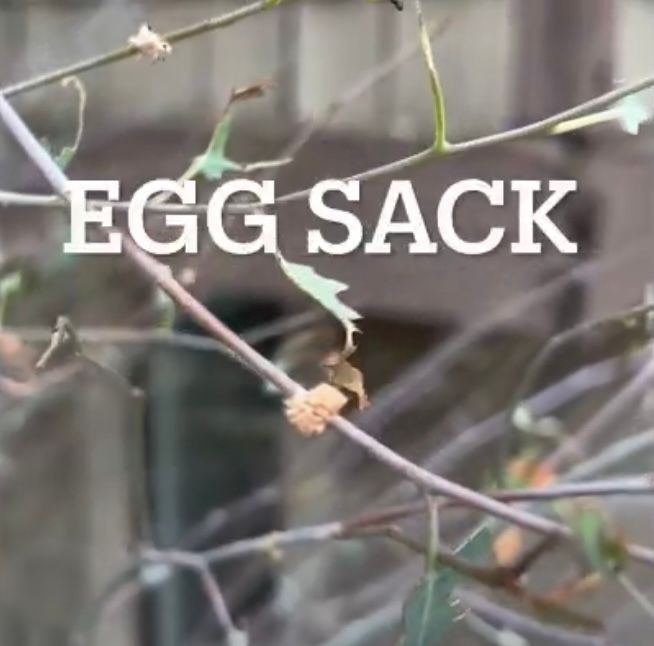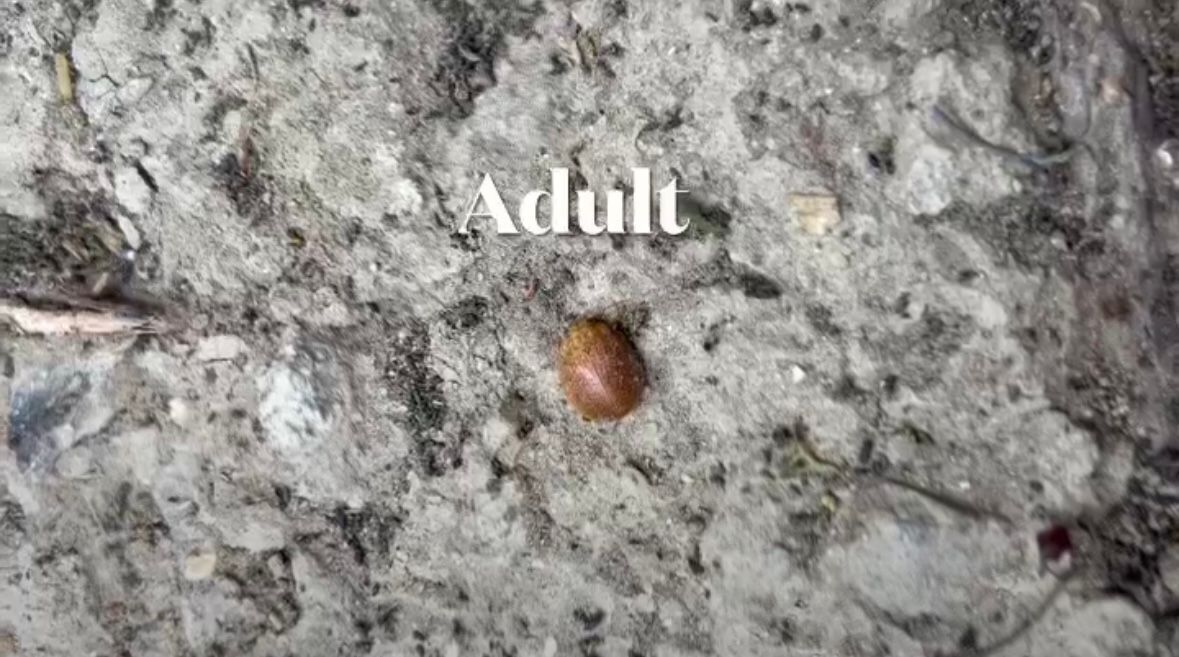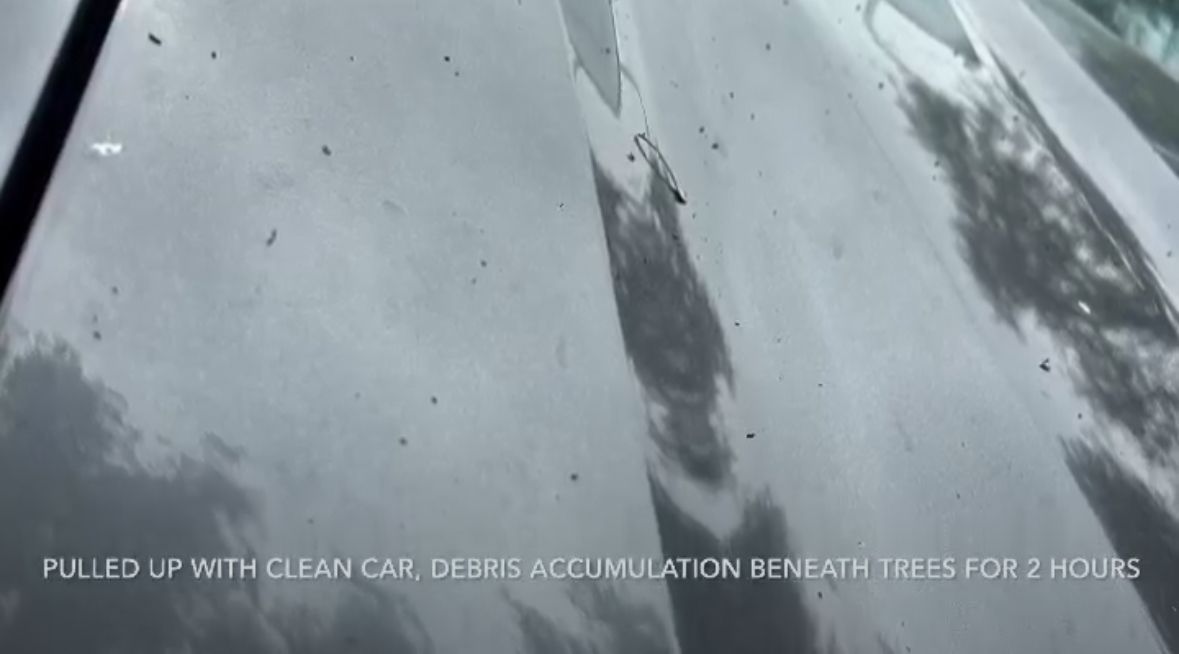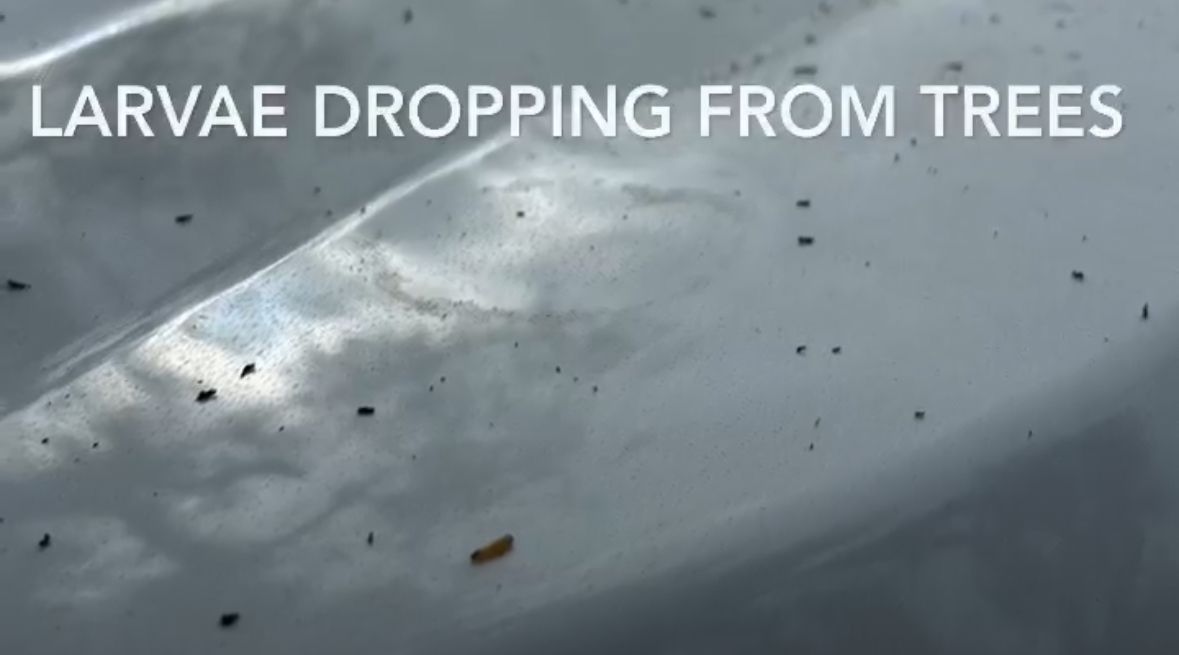Pest Notes: Vol. 5 – INSECT ALERT: Dotted Paropsine Leaf Beetle Making Headway in California
The dotted paropsine beetle, a pest native to Australia, and invasive in California, was first discovered in California in 2022.
It is rapidly spreading throughout Southern California targeting eucalyptus trees.
Both adults and their larvae feed on eucalyptus leaves causing mass defoliation. Without the proper attention, can lead to early tree mortality.
First found feeding on lemon scented gum (Eucalyptus citriodora) in Los Angeles August 2022, it moved quickly. It is now found in Orange, San Diego and San Bernardino counties.
This beetle has an unusually broad host range, hosting species of eucalyptus previously found to be pest-free.
Over 20 species of Eucalyptus sp. can be hosted including but not limited to: E. camaldulensis (red gum), E. globulus (blue gum), E. polyanthemos (silver dollar gum), E. sideroxylon (red iron bark), E. cladocalyx (sugar gum) and E. citriodora (lemon-scented gum).
Adult beetles are oval-shaped, about 3/8 of an inch in size. They have yellow and orange markings, as well as black spots on their wings.
Females lay 20-100 eggs in circular fashion along stems and leaves. Egg-sacks are pink-ish and may cause alarm to those with trypophobia (fear of clustered holes/bumps). The larvae that hatch are yellow with black front and ends. As they mature, they develop black stripes along their bodies; these look like black larva with yellow markings. Mature larvae drop to the ground to pupate.
This insect has been observed to have (2) generations a year and can proliferate and reproduce rapidly. So much so that this TreeLife investigator received a call from a colleague in Orange County back in 2023 and the phone call went something like:
- “Have customers been calling you with reports of raining larva?”
- “Raining larva!?”
- “Yes, raining larva. I’m under some eucalyptus trees on my client’s patio and there is literally larva raining from these trees to the sidewalk, cars and street below.”
- “Send photos and an address. I’m on it.”
And sure enough. Little black and yellow larva in massive numbers crawling up the curb, all along the street, on the cars below, everywhere! The trees were completely defoliated!
There are other leaf-feeding beetles that host eucalyptus, none of which reproduce, nor do they feed so rapidly:
Culturally we can combat this as we would any disorder in the tree world:
1. Proper irrigation
2. Soil analysis and optimization
3. Turf or plants in root zone
4. Apply mulch
5. De-compact
6. i.e. identify underlying issues and address
Biological control may come soon, but there are not any natural enemies known currently.
Chemical control methods are available, and very effective.
We at TreeLife have collected data in-house, as well as alongside partners like Rainbow Eco Science.
The photo shown above with “Defoliation” written is of the trees photographed below. We tested different chemistry as well as different application methods, to review efficacy and longevity of treatment. The photos are 1-year after treatment. The trees were completely barren upon arriving to perform treatment.
Over at TreeLife, we take the necessary steps to identify what material and treatment method can work best.
What conditions can we correct to help the trees become less susceptible?
We have done the foot work and are ready to help.
Don’t let your trees be food for fodder!
Call the Urban Forestry Experts!
Skip the guess work and call TreeLife CA!

